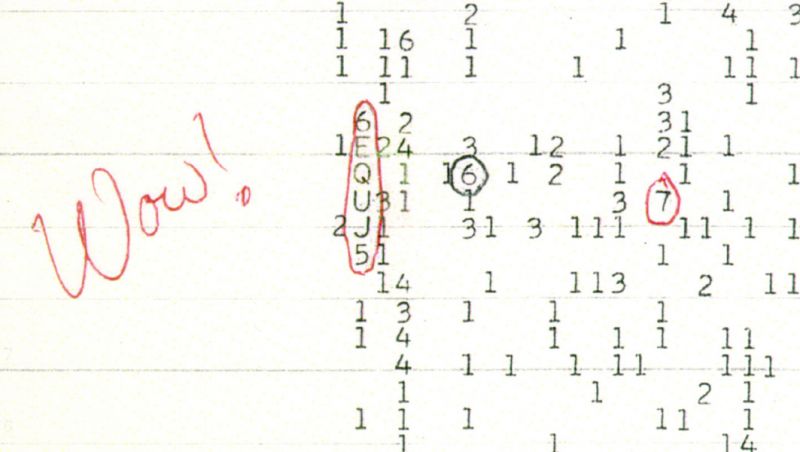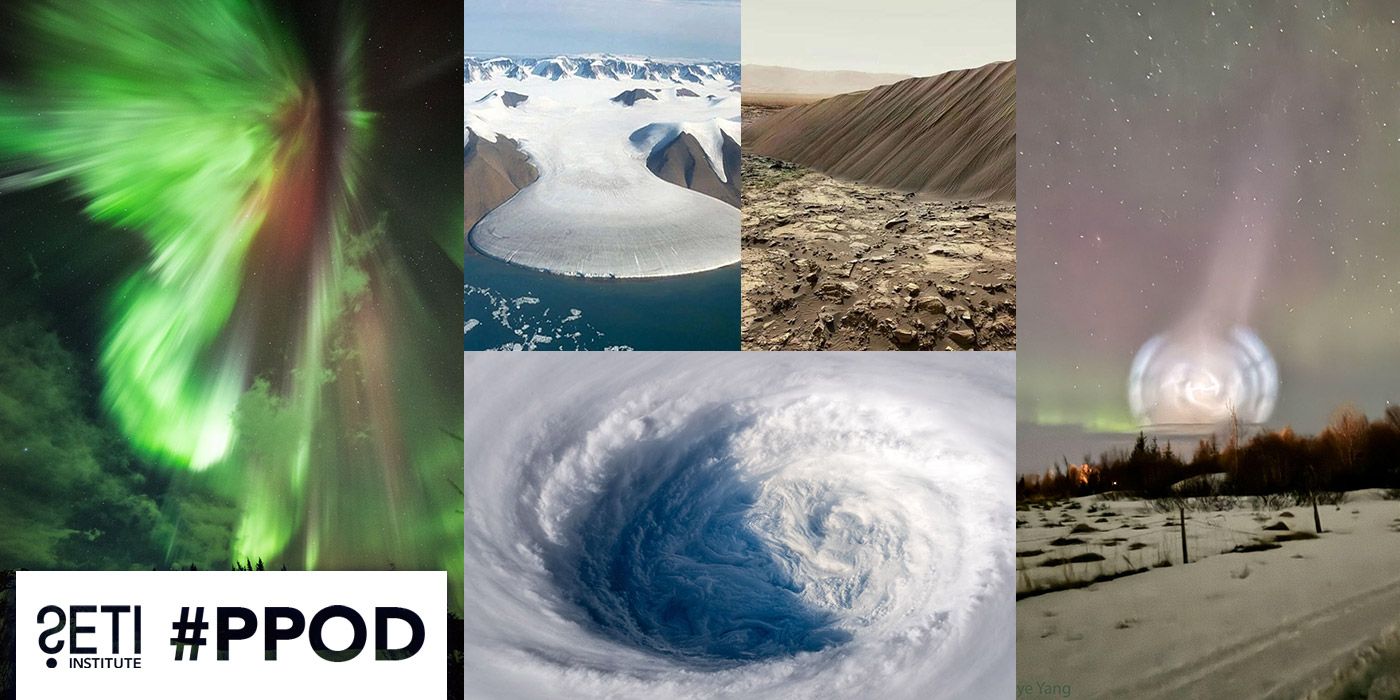
Planetary Picture of the Day
Week of March 18, 2024
Earth presents interesting opportunities for photos this week, from giant glaciers and massive storms to beautiful aurorae and strange rocket plumes.
Monday, March 18, 2024
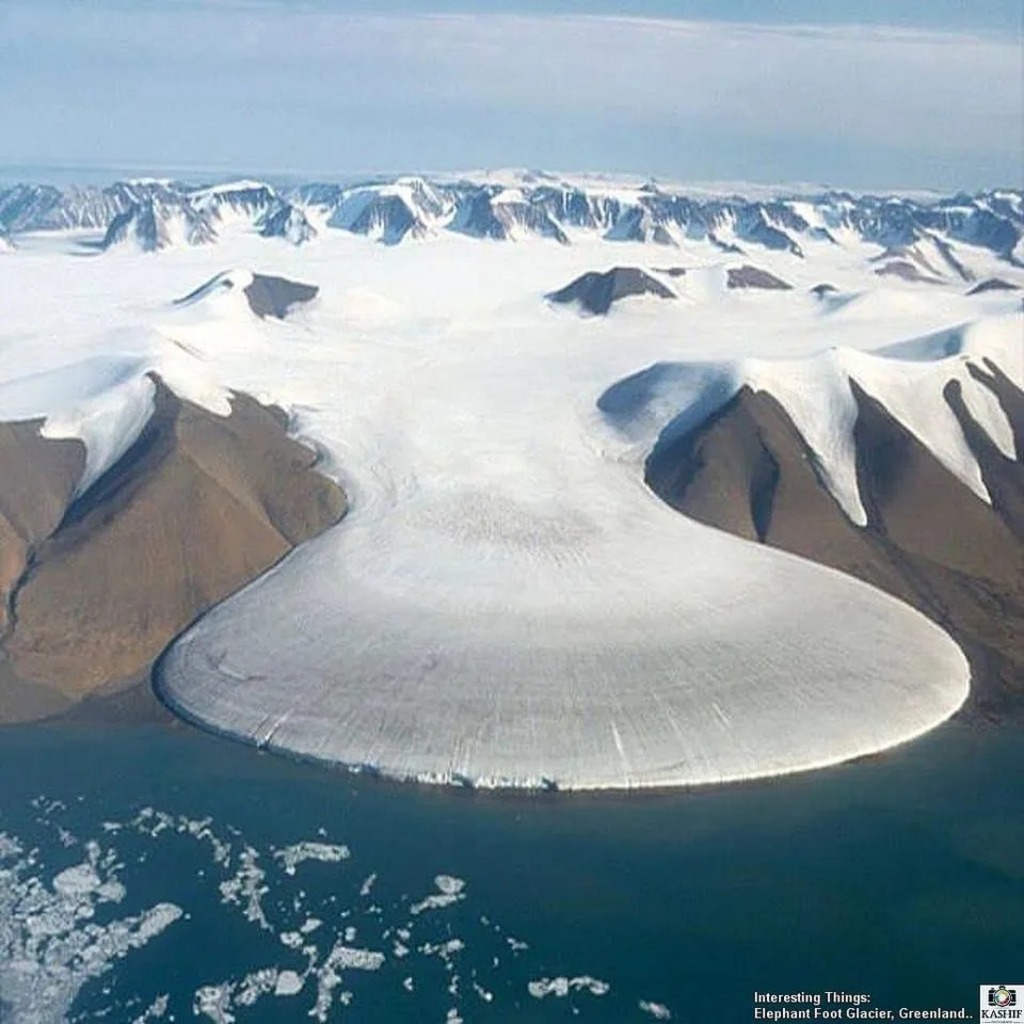
Elephant Foot Glacier
Located in northeastern Greenland on the Kronprins Christian Land peninsula, Elephant Foot Glacier is not connected to Greenland’s main ice sheet. Rather, it’s part of a network of glaciers and ice caps that pepper the periphery of the island. Research has shown that, as a whole, these outlying glaciers and ice caps account for 5 to 7 percent of Greenland’s total ice coverage, but they are responsible for 20 percent of its contribution to sea level rise.
Tuesday, March 19, 2024

Super Typhoon Trami
In 2018, super typhoon Trami wreaked havoc on Japan, as strong winds and torrential rains battered the country. In the days leading up to the incredible typhoon, there was no better view of the devastating storm than from outer space. From his perch at the International Space Station, astronaut Alexander Gerst snapped incredible photos of the typhoon a few days before it hit land. Here you can clearly see the eye!!
Wednesday, March 20, 2024

Curiosity Spies Shifting Sands on Mars
Images from NASA's Mars Curiosity rover’s pioneering encounter with sand dunes on Mars constrain the wind speeds required to move sand in the thin Martian atmosphere. This encounter took place almost seven years ago and gave scientists important data about the ability of the Martian atmosphere to move particles. It did not hurt either that this image was just spectacular!
Thursday, March 21, 2024
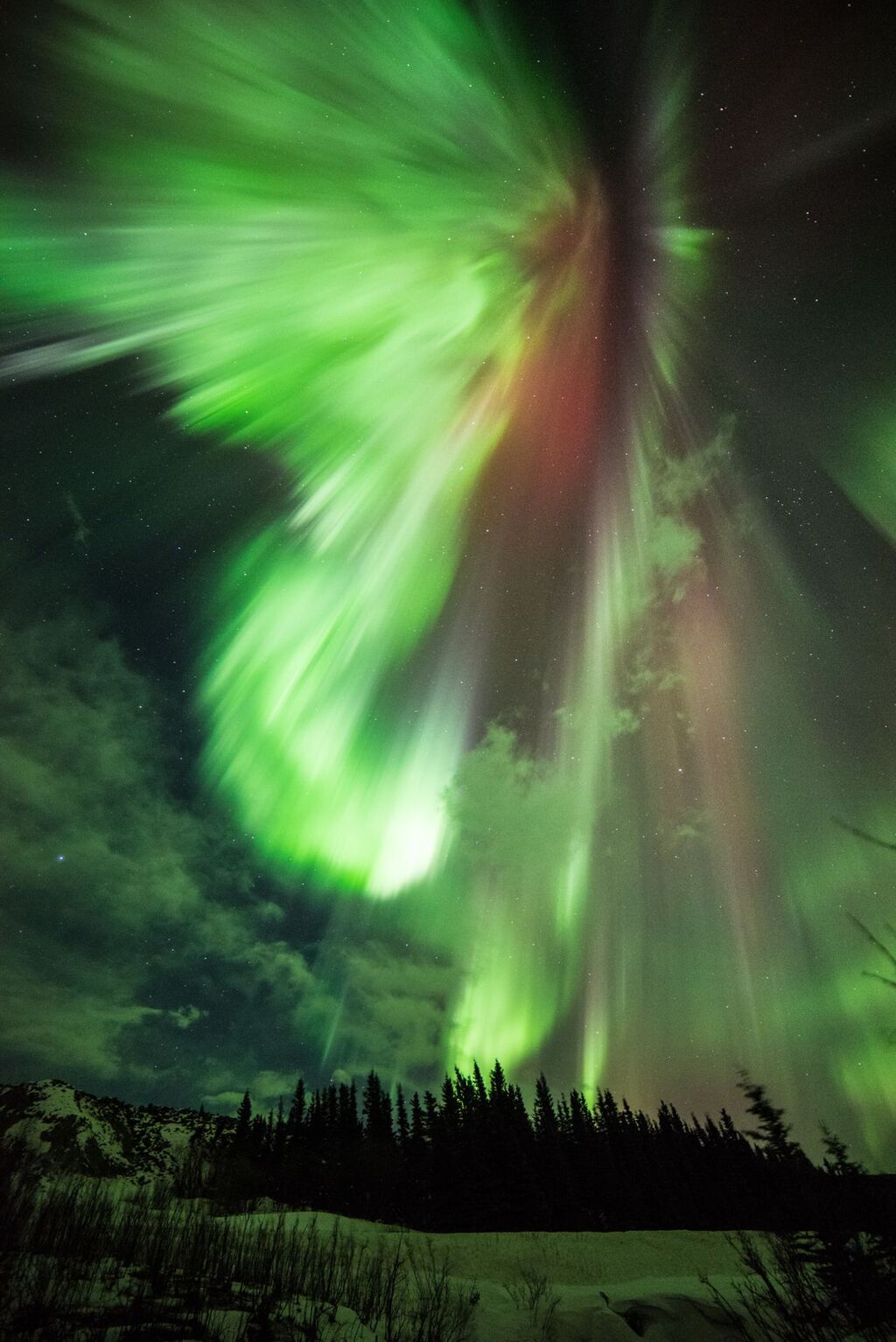
St. Patrick’s Aurora Illuminates the Night Sky
This majestic image of the dazzling green lights of the aurora borealis was captured on March 17, 2015, around 5:30 a.m. EDT in Donnelly Creek, Alaska.
Friday, March 22, 2024
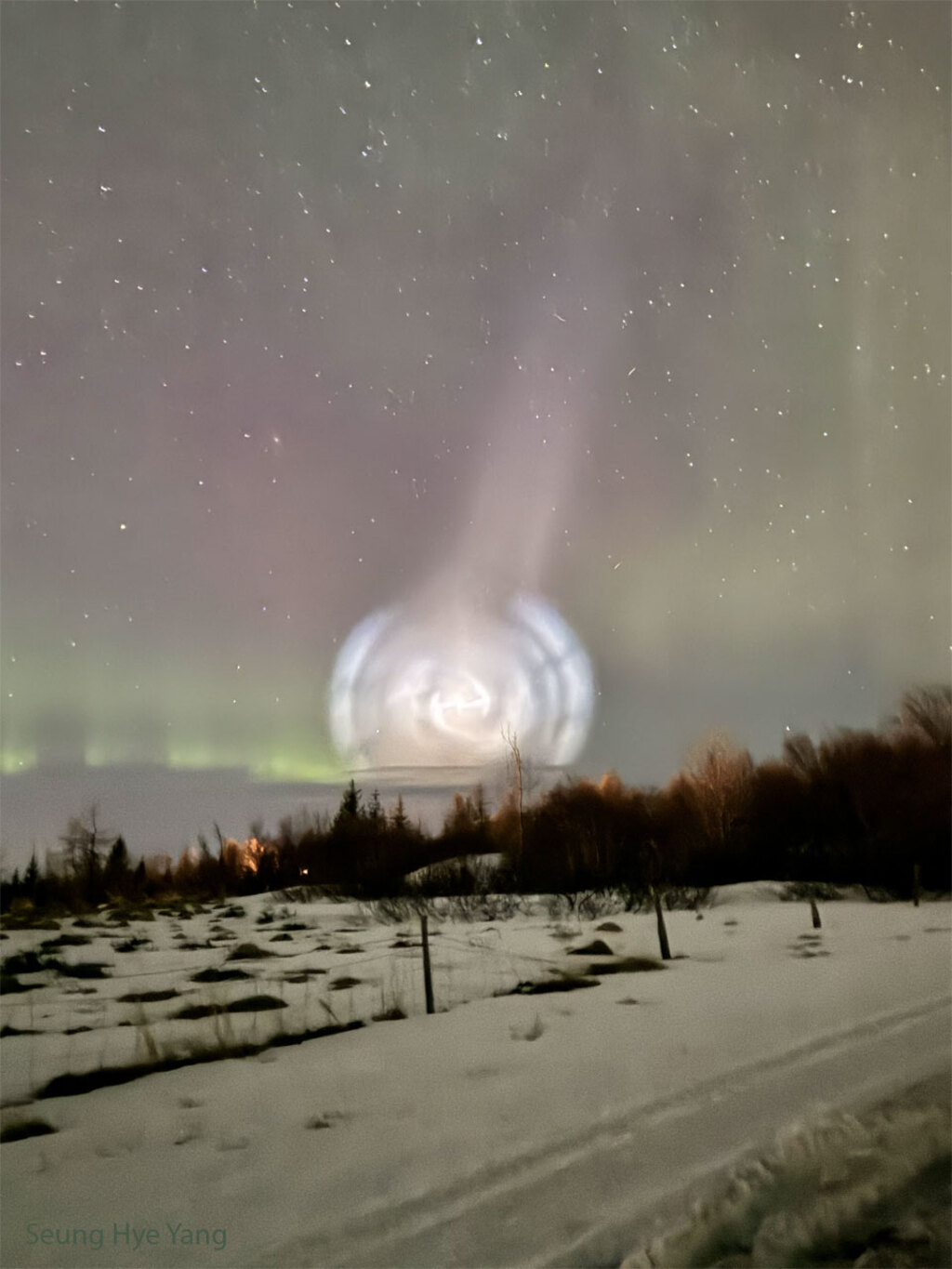
Caption: APOD
A Galaxy-Shaped Rocket Exhaust Spiral
This image is spectacular, and we can only imagine people who saw this picture did not know what was going on...
So, what's that over the horizon? What may look like a strangely nearby galaxy is actually a normal rocket's exhaust plume -- but unusually backlit. Although the SpaceX Falcon 9 rocket was launched from Vandenberg Space Force Base in California, USA, its burned propellant was visible over a much wider area, with the featured photograph being taken from Akureyri, Iceland. Like noctilucent clouds, the plume's brightness is caused by the Twilight Effect, where an object is high enough to be illuminated by the twilight Sun, even when the observer on the ground experiences the darkness of night. The spiral shape is caused by the Falcon rocket reorienting to release satellites in different directions. Stars and faint green and red aurora appear in the background of this extraordinary image.





